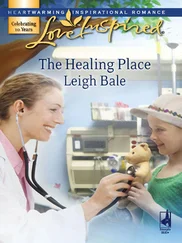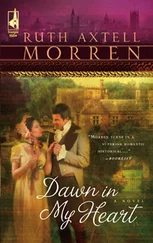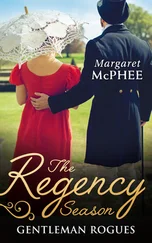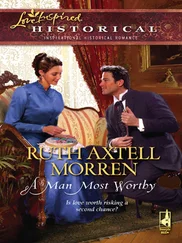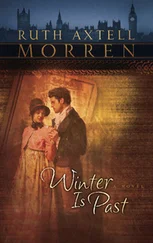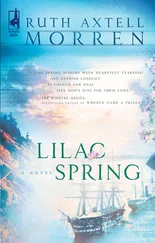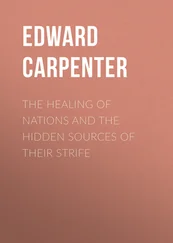It was over quickly, as Ian had promised the man. As those in the amphitheater shouted and applauded, two of Ian’s assistants carried the patient out of the theater and into an awaiting bed, where they would give him a draft to quiet him and take turns keeping the arm raised to prevent the ligatures being pulled off with the pressure.
Ian turned to wash his hands and oversee the washing of his instruments. The next operation involved a lithotomy, or removing a bladder stone.
The patient was a man in his seventies. He’d been given quite a quantity of barley water to drink to inflate his bladder. He was trembling with fear and Ian did the best to assure him the entire procedure would take under half a minute.
Ian finished his rounds at St. Thomas’s. Thursdays were grueling, beginning with surgery in the operating theater, followed by checking on patients in the eight different wards.
He removed his soiled jacket and put on a clean one he kept on a hook in one of the lecture halls. Tomorrow would be his weekly anatomy lecture, followed by dissecting and pathology as they cut open and analyzed the cadavers of those patients who had died the night before.
There had been much resistance to dissecting the bodies of deceased patients, but now they were gradually following the French model begun under the great Corvisart. Hypotheses based on unfounded theories of the four different humors of the bodies were no longer acceptable, but only those findings based upon detailed observation and repeated experimentation.
Whatever else the French Revolution and the Napoleonic empire had wrought, one positive development had been the reorganization and formation of the medical schools and teaching hospitals in France. The two years Ian had spent in the city after the allies had entered Paris until the final defeat of Napoleon at Waterloo had been among the most illuminating of his career. He’d seen the success rate in the large, airy wards of La Charité, where he’d followed the French physicians with their coterie of students going from the patients’ wards to the dissecting rooms. They rigorously compared the symptoms of the sick with the condition of their organs after death.
Since his return to England, Ian had tried to acquaint his colleagues with all he’d learned both through surgery on the battlefield and at the great Parisian hospitals. But change was resisted by the very boards—the Royal College of Physicians and the Royal College of Surgeons—whose purpose it was to maintain the highest standards among the medical community.
Конец ознакомительного фрагмента.
Текст предоставлен ООО «ЛитРес».
Прочитайте эту книгу целиком, купив полную легальную версию на ЛитРес.
Безопасно оплатить книгу можно банковской картой Visa, MasterCard, Maestro, со счета мобильного телефона, с платежного терминала, в салоне МТС или Связной, через PayPal, WebMoney, Яндекс.Деньги, QIWI Кошелек, бонусными картами или другим удобным Вам способом.



